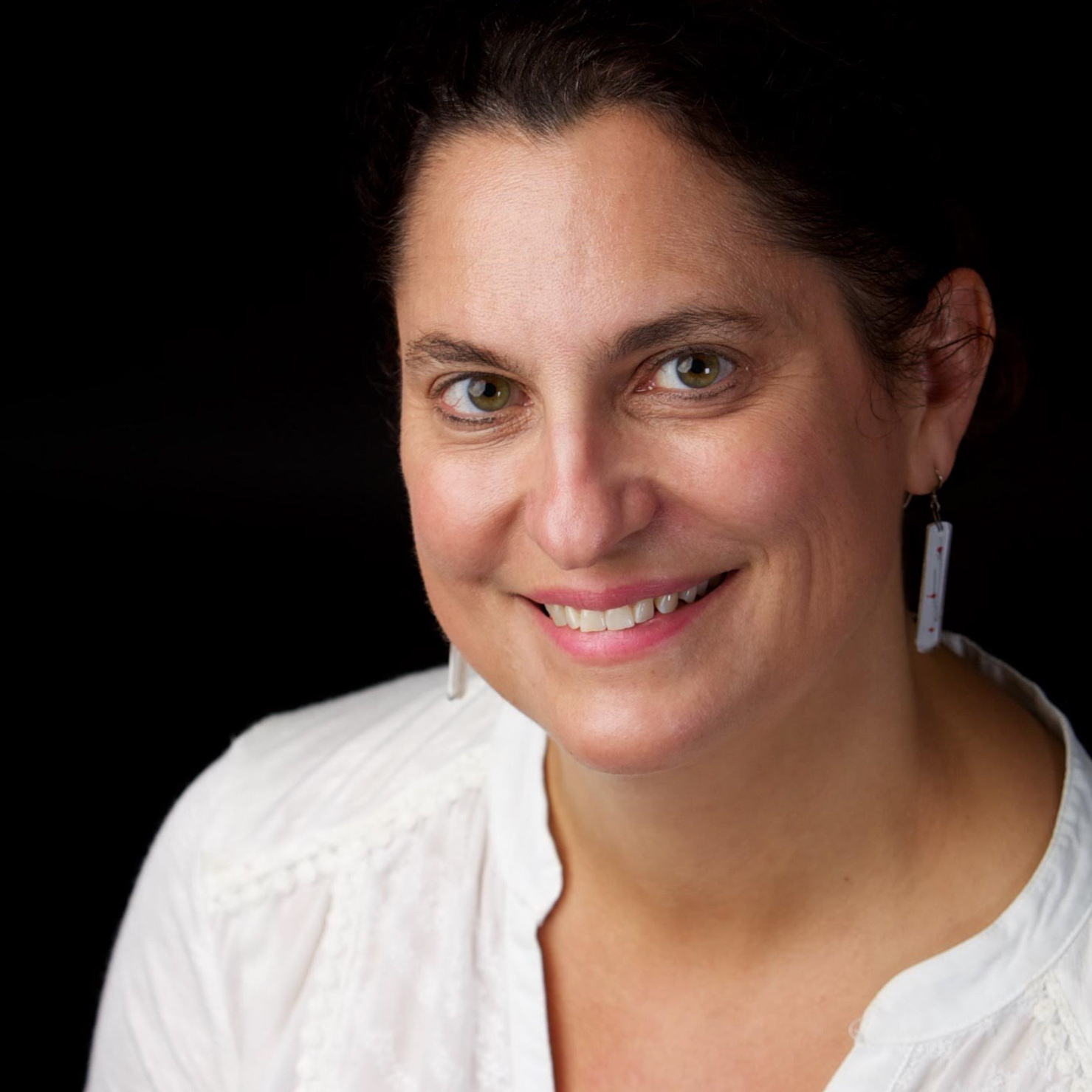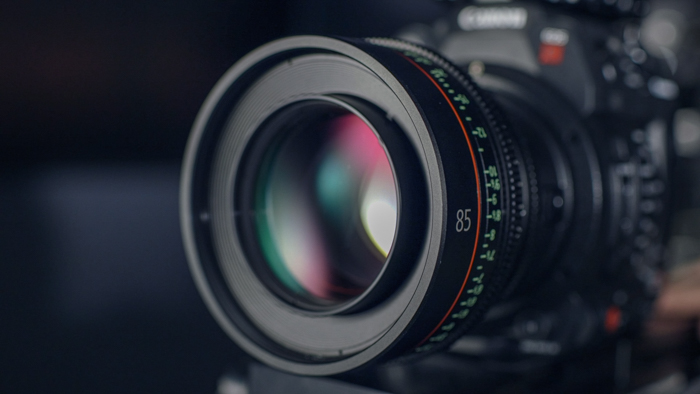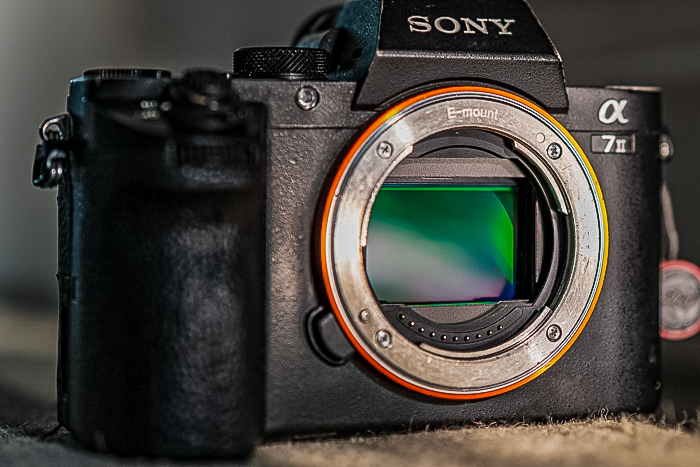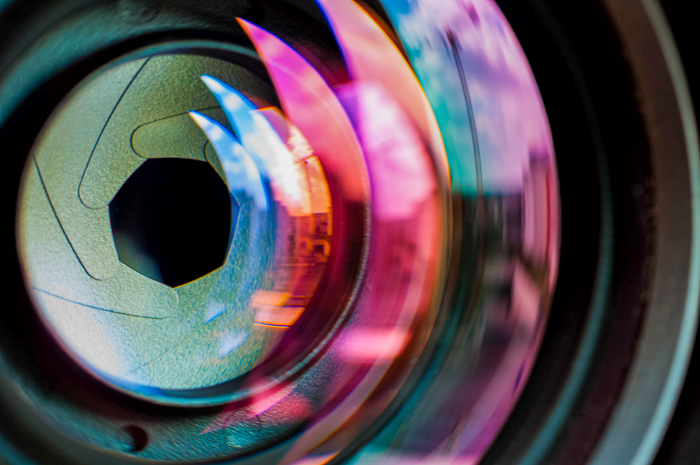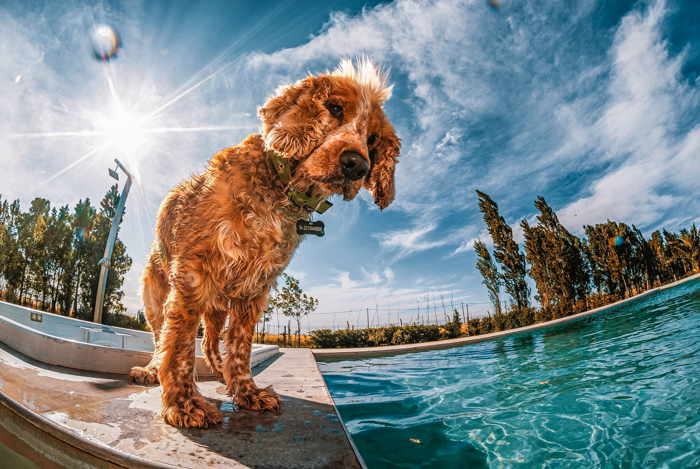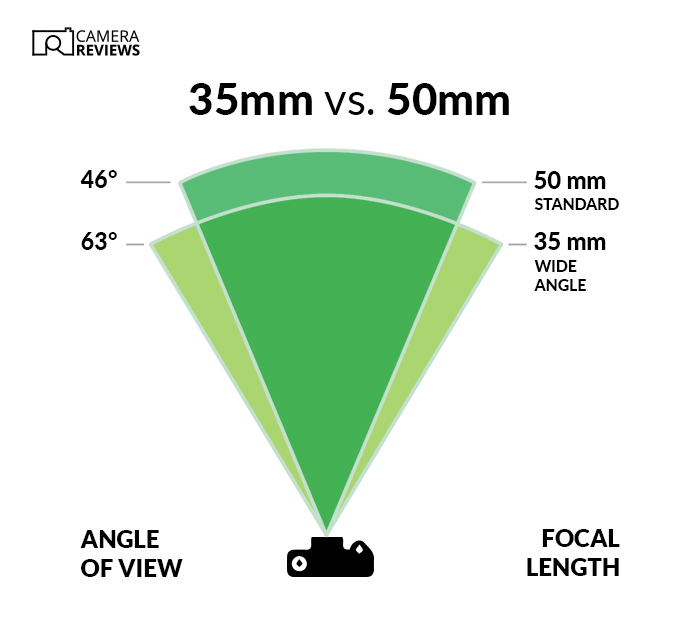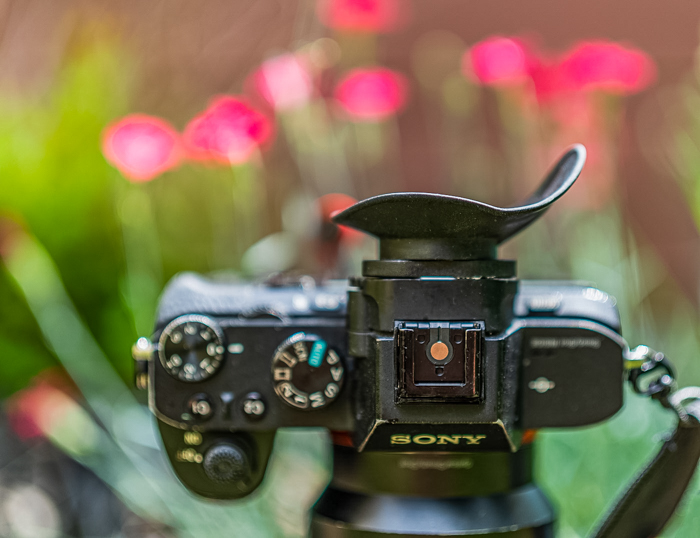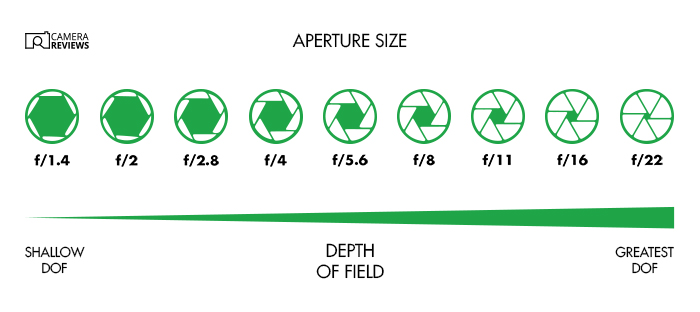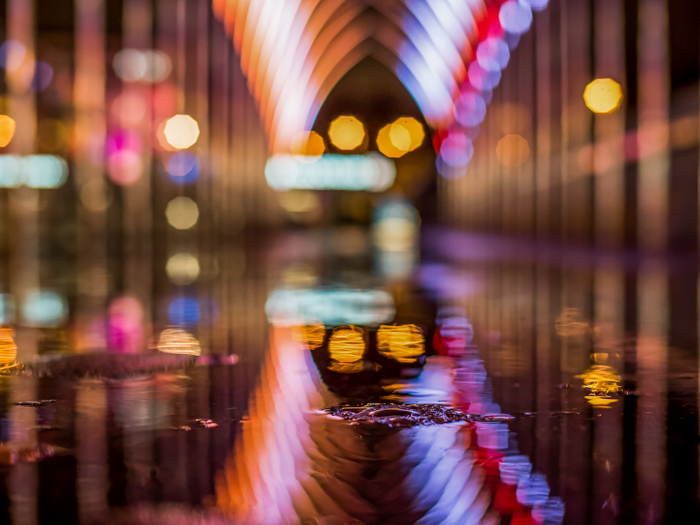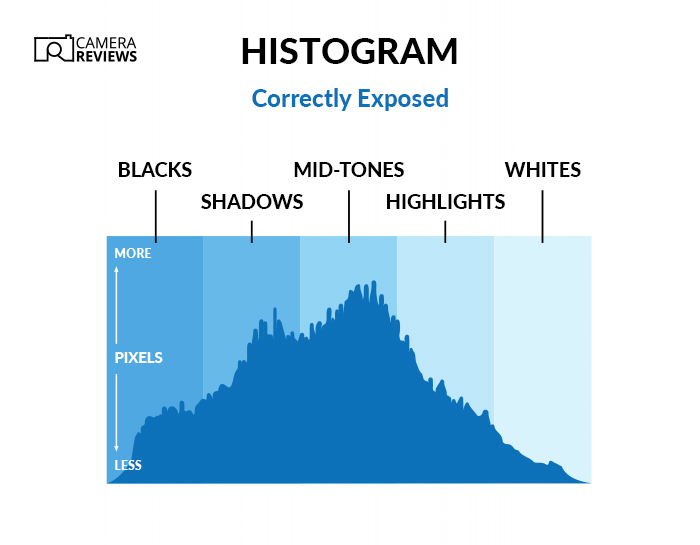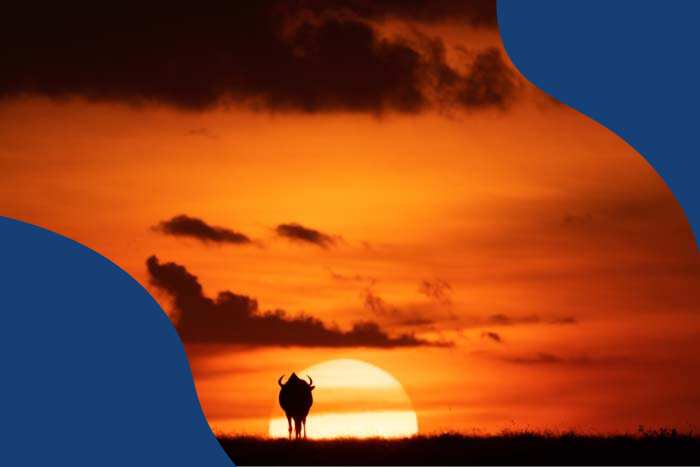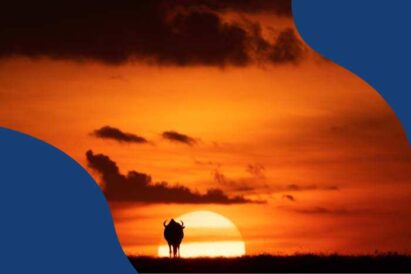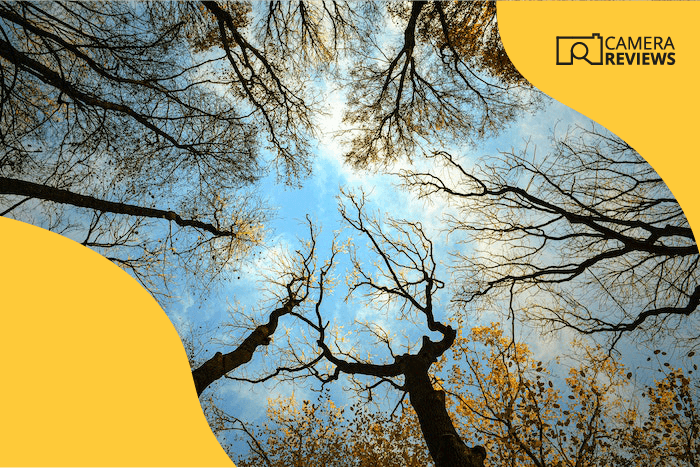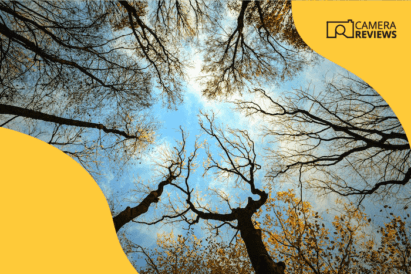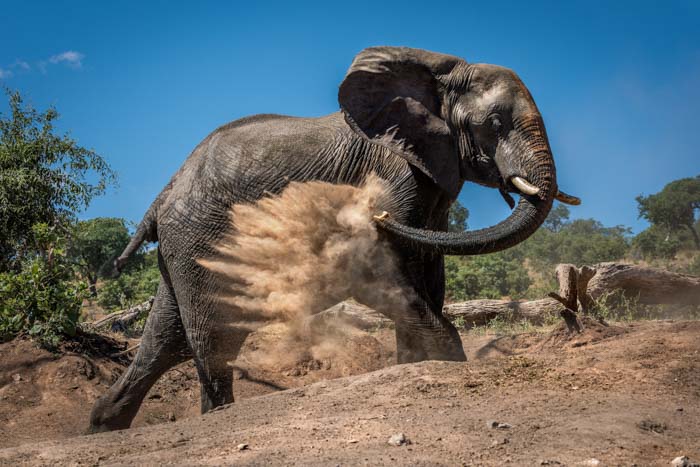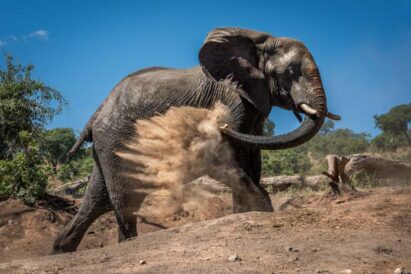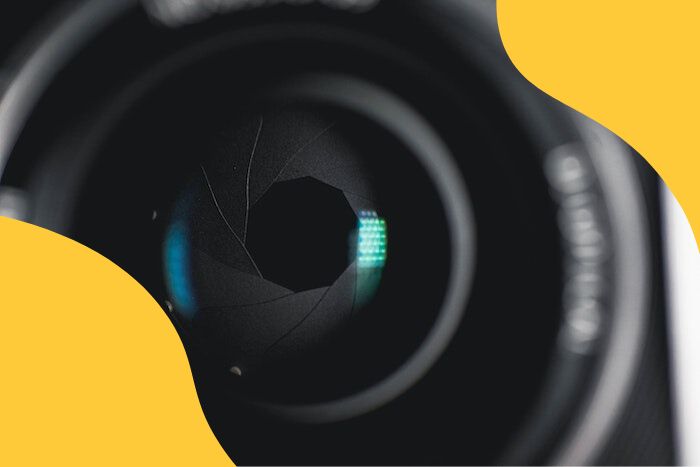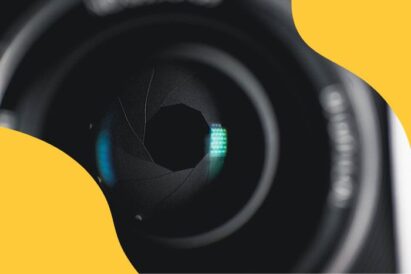Digital photography is full of jargon. In learning photography basics, there is a minefield of camera terms. It seems like you need a dictionary to pick up your camera.
But we are here to help!
This article will cover the most common photography terms for beginners, especially when understanding camera specs.
Terms for Digital Camera Types
There are many types of digital cameras. Know which is right for you when buying a camera.
In this section, we define the differences between modern cameras. Sometimes the differences come down to body type. Other times, we describe the camera by camera terms such as the size of the digital sensor.
Bridge Camera
A bridge camera is designed to look like a DSLR but does not have interchangeable lenses. The camera bridges the gap between a pocket-sized, point-and-shoot and a DSLR. Distributors market it to casual photographers who do not want to buy and carry interchangeable lenses.
DSLR Camera
A DSLR is a digital camera with a mirror. DSLR stands for Digital Single-Lens Reflex. It describes the way the camera works.
“Reflex” refers to the mirror or reflection. Light comes into the camera with a Single-Lens-Reflex camera (SLR), and a mirror reflects it up into an optical viewfinder.
Pressing the shutter button on a Single-Lens-Reflex camera moves the mirror out of the way to let light hit the digital sensor and record the image.
Infrared Camera
An infrared camera (IR) is modified to block visible light and let in only infrared light. Infrared cameras create monochrome images with white vegetation and black skies.
But infrared images may have striking colors. A 720-nanometer conversion is the most popular type. It blocks wavelengths under 720nm (a measurement of light).
Medium Format Cameras
Medium format (or large format) cameras use a sensor larger than a full-frame camera. Medium format cameras produce high-quality, detailed images. Commercial photographers use them most often.
Micro Four-Thirds Camera
A micro four-thirds camera uses a sensor smaller than a full-frame or an APS-C sensor. A smaller sensor lets the manufacturer make a smaller camera.
Mirrorless Camera
A mirrorless (sometimes called a ‘hybrid’) is a camera without the mirror that you find inside a DSLR. An electronic viewfinder (EVF) replaces the mirror to let you see the scene in front of the camera. Pressing the shutter button opens a door that exposes your sensor to light.
Point-and-Shoot Camera
A point-and-shoot is a compact, fixed-lens camera. It is also called a compact camera. The lens attached to the camera is usually a zoom lens. Compact cameras were popular among casual and amateur photographers until improvements in smartphone cameras.
Camera Terms for Features and Optics
In this section, we define terms used to describe the features of digital cameras. You may encounter these terms in camera reviews and when researching camera specs.
AF Modes
Autofocus (AF) mode is a camera setting that tells your camera where to focus. The autofocusing terminology may be different depending on the camera brand. Here are the typical choices:
- AF-S—also called one-shot or single shot. The camera focuses on a stationary subject in the scene.
- AF-C—also called AI-Servo or continuous autofocus. The camera locks focus to track a moving subject.
- AF-A—is an automatic mode where your camera chooses between AF-S or AF-C depending on the scene.
AF Points
Autofocus (AF) points show where the camera is focusing. AF points are shown graphically as squares or brackets in “Live View” or on an electronic viewfinder.
APS-C Sensor
APS-C stands for Advanced Photo System type C. The “C” stands for “Classic.” It’s also called a crop sensor. APS-C is a smaller sensor size adopted by camera manufacturers. An APS-C sensor is almost half the size (48%) of a full-frame sensor.
Aspect Ratio
Aspect ratio is the relationship between the width and the height of the image. This relationship is shown as a proportion. Popular aspect ratios are 2:3, 4:5, 1:1, and 16:9. A 2:3 aspect ratio means that one side of your image is 50% longer than the other.
The image’s proportions will be the same regardless of size in printing. For instance, an 8×10″ photo has a ratio of 4:5. A photo with this ratio can be printed at 4×5″, 8×10″, or 16×20.”
Bulb Mode
A manual shutter speed setting that opens the shutter using a remote trigger. Bulb mode is often labeled with a “B” either on a dial or in the shutter speed options.
Camera Resolution
Resolution is the size of your sensor expressed in the number of pixels on your sensor. Camera resolution is in megapixels (MP). It is the number of pixels in a frame divided by one million.
Camera Sensor
The part of a digital camera that captures light and records the image. Also called an image sensor. The image sensor replaces film. Sensors vary in physical size, the number of pixels, and quality.
Dynamic Range
Dynamic range is the maximum range of light captured between the darkest shadows and the brightest highlights. Images with a high dynamic range have very bright and very dark areas. The camera’s dynamic range is described in the number of stops of light it can capture.
Focus Peaking
Cameras with focus peaking highlight what is in focus in the electronic viewfinder. A colored outline appears around anything in focus. It makes manual focus easier and more precise.
Frame Rate (Frames Per Second)
Frame rate is the number of sequential frames a camera can write to the memory card when shooting in burst mode or continuous mode. Photographers measure speed in frames per second (fps). Frame rate or “burst rate” depends on file size, writing speed, and buffer size.
Full-Frame Sensor
Full frame describes a sensor that is the same size as a film negative. It was the standard size of most 35-mm cameras before digital photography. The sensor is equal to one “full frame” of film. In real terms, a full-frame sensor is 24x36mm.
Image Processor
The image processor is an electronic chip component in cameras that converts the information collected on the sensor for digital storage on the memory card. Image processors reduce noise and enhance image quality. The ability to write digital images to the memory card depends on the speed of the image processor.
Image Stabilization
Image stabilization (IS) is camera technology designed to reduce camera shake. It is a system of gyroscopes and microcomputers attached to either a floating lens element or sensor. The “gyros” detect slight movements of your camera and move the pieces in the opposite direction to compensate. The image stabilization system can be in the lens, the camera, or both.
Live View
“Live View” is seen on the LCD screen on the back of cameras to compose the image. Live View shows you the scene as the camera sees it, much like an electronic viewfinder. Information not seen in an optical viewfinder, like exposure settings and focus points, may be visible in Live View mode.
Metering Modes
Metering modes are options that tell a camera how to read the light and adjust exposure. Cameras in automatic or semi-automatic modes read light in the scene to select settings for correct exposure:
- Center-Weighted metering—prioritizes light in the center of the frame.
- Spot metering—adjusts the exposure based on light found in the focused area.
- Matrix metering—reads light throughout the scene to choose an exposure.
Video Resolution
Video resolution is the quality of video determined by the number of pixels in each 16:9 frame. Standard resolution (SD) is a video with less than 720 pixels (horizontal resolution). High definition resolution (HD) is more than 720p (pixels). The most common levels of resolution are 720p, 1080p, 2K, 4K, and 8K. “K” stands for 1,000.
Viewfinder
The viewfinder is the part of the camera you look through to see the scene. Cameras have either an optical or an electronic viewfinder:
- Optical viewfinder—works like a window. Light comes into the camera and is reflected up into the viewfinder by a mirror. Pressing the shutter button moves the mirror out of the way to let light hit the sensor and record the image.
- Electronic viewfinder (EVF)—replaces the mirror on mirrorless cameras. An EVF shows you a projection of what the camera sees.
Camera Lens Terms
There are a mindboggling number of interchangeable lenses on the market that fit mirrorless or DSLR cameras. In this section, we define terms used to describe the lens features. You may encounter these terms for camera lenses in reviews and when researching lens specs.
Chromatic Aberration
Chromatic Aberration (CA) is also called “color fringing” or “purple fringing” because it creates a colored fringe around the edges. It’s an optical distortion created by imperfections in the lens. Colors pass through the glass at different wavelengths and do not align on the same focal plane.
Crop Factor
Crop factor is the proportional difference between an APS-C (crop) and a full-frame sensor. The difference is usually around 1.5x. Use the crop factor to compute a lens’s focal length when attaching it to an APS-C camera.
For instance, a 50mm lens on a full-frame camera is 75mm on an APS-C camera (50 x 1.5 = 75). We describe lenses by full-frame focal lengths, even if the lens is for an APS-C camera.
Fisheye Lens
A fisheye is an ultra-wide-angle lens that emphasizes wide-angle distortions. Fisheye lenses are usually between 4mm and 16mm and capture up to a 180° field of view.
Fast Lens
We colloquially describe a lens as “fast” when it has a wide maximum aperture. A lens is fast if it opens larger than f/2.8.
Focal Length
A lens’s focal length is measured in mm (millimeters) and varies in magnification and angle of view captured. Lower focal length numbers have a wider field of view and show more of the scene. Higher focal lengths magnify the scene and have a narrower field of vision.
Lenses are wide-angle if they cover focal lengths of less than 35mm. A telephoto lens has a focal length of over 70mm.
Lensbaby
A Lensbaby is a creative lens created by the Lensbaby company. The company specializes in lenses with a soft focus or other creative optics.
Lens Mount
The lens mount is the part of the camera body where interchangeable lenses are attached. Lens mounts include a physical mechanism to hold the lens in place.
Cameras also have electronic attachments that allow the lens and camera to communicate. Mounts are unique to a camera brand, though there are adaptors.
They are usually named with a letter or series of letters. For instance, Sony cameras take E-mount lenses, and Canon cameras have either EF or RF lens mounts.
Macro Lens
Macro lenses focus close to a subject to create images larger than the actual subject. Use macro lenses to photograph detail in extreme close-ups.
Minimum Focusing Distance
Minimum focusing distance describes how close you can be to the subject and have accurate focus. Focusing distance varies between lenses. Macro lenses minimize focusing distance, allowing you to get closer to the subject.
Portrait Lens
A portrait lens has qualities valued by portrait photographers. They are either prime lenses or zooms with a focal length between 70mm and 135mm. Also, the lens has an aperture wider than f/4 to create a shallow depth of field.
Prime Lens
Also called a “fixed lens.” A prime lens has one fixed focal length. Prime lenses can be wide-angle lenses, medium-range, or telephotos. An example of a prime lens is a 50mm. This is often called a “nifty-fifty.”
Telephoto Lens
Lenses are described as telephoto if they have a focal length of more than 70mm. Lenses longer than 200mm are sometimes referred to as “super-telephoto.”
Tilt-Shift Lens
A tilt-shift lens lets you control the perspective—the angle of the lens changes in relation to the sensor. Architecture and landscape photographers use tilt-shift lenses to create straight lines even when the camera is angled.
Wide Angle Lens
Wide-angle lenses are less than 35mm in focal length. Lenses less than 16mm are sometimes referred to as “ultra-wide-angle.” A fisheye lens is an example of an ultra-wide-angle.
Zoom Lens
A zoom lens has variable focal lengths. Change focal lengths by twisting the barrel of the lens. The range of the zoom depends on the lens. Zoom lenses can be wide-angle, telephoto, or cover middle focal lengths.
You can even have zoom lenses that cover all three:
- A 10-18mm zoom is an ultra-wide-angle zoom.
- A 100-400mm is a telephoto zoom.
- A 24-240mm zoom covers a range that includes both wide-angle and telephoto.
Camera Accessories
Accessories add functionality to a camera. Some are optional. Others, like batteries and memory cards, are necessary for the camera to work. Here, we define some of the most popular camera accessories with features to watch for when shopping.
Built-in Flash
A built-in flash is a light source within the camera’s body. Built-in flashes are located on top of the camera and may pop up when needed. Pressing the shutter button triggers the flash when in use.
Camera Battery
Each camera company makes a line of batteries to work with their own cameras. These are called OEM (Original Equipment Manufacturer) batteries. Third-party camera batteries, also called “off-brand” or “after-market,” are made by companies that did not create the original battery.
Extension Tubes
Extension tubes are attachments put between the camera and lens to minimize the focusing distance of a macro lens. This allows you to get closer to the subject for more magnification. Extension tubes are specific to a camera mount and may or may not have connections that let the lens and camera communicate.
External Flash
An external flash is a light source separate from the camera. The flash can be mounted onto the camera using the hot shoe. Or it may be separated from the camera and connected through a remote trigger. Pressing the shutter button triggers the flash when in use.
Filters
A filter is a piece of glass placed in front of a camera lens that blocks or changes how light comes into the camera. Common filters are ND, UV, and polarizers:
- ND or neutral density filters block some light from entering the camera. Use these to lengthen shutter speed and capture long exposures during the day.
- UV filters block ultraviolet light and protect the lens.
- Polarizers reduce haze and reflections and increase color vibrance.
Hot Shoe (Cold Shoe)
A hot shoe is a place to attach accessories, like an external flash, to your camera. It is a square bracket usually placed in the top middle of the camera body. Products slip onto it and then screw down to secure the connection with the body.
A hot shoe communicates with the camera. A cold shoe is an accessory mount without a communication system.
Memory Cards
Memory cards are electronic storage devices for digital images. They vary in storage capacity and read and write speeds. Digital cameras have one or two slots for memory cards. The most common types of memory cards are the following:
- CompactFlash (CF)
- Secure Digital (SD)
- Secure Digital High Capacity (SDHC)
- Secure Digital Extended Capacity (SDXC)
- Micro Secure Digital (MicroSD)
- Micro Secure Digital High Capacity (MicroSDHC)
- Extreme Digital Picture Card (XD)
Remote Trigger
Also called a remote shutter release or cable release. A remote trigger activates the shutter button without physical contact. Remote triggers connect directly to the camera with a cable or may be wireless. They are used to avoid camera shake and when manually opening the shutter in Bulb mode.
Teleconverter
A teleconverter is also called an extender. It attaches between the camera and a telephoto lens to extend the focal length. Teleconverters may reduce image quality and the amount of light reaching the sensor. They are designed for specific camera mounts and work only with specific lenses.
Photography Basics
This section defines photography terms that come up when discussing cameras or lenses.
Aperture
Aperture is the opening inside a lens. Pressing the shutter button opens the aperture. The size of the opening is measured in f-stops. A wide aperture lets in a lot of light. A narrow aperture lets in less light.
Shooting “wide open” means using the largest aperture opening your lens allows. A wide aperture is one way to create a shallow depth of field.
Aperture Priority Mode
Aperture Priority mode is a partially manual exposure setting where you choose the aperture. Your camera figures out a shutter speed to balance the exposure. This mode is labeled either with an “A” or an “AV.”
Bokeh
Pronounced “bo-kah” or “bo-kay.” This Japanese term refers to the aesthetic quality of the blur in an image with a shallow depth of field. Bokeh can take on shapes like soft circles of light. Bokeh is affected by the shape of the lens aperture and how it is constructed.
Camera Shake
Camera shake describes small camera movements that blur parts of an image when shooting at slow shutter speeds. Image stabilization in the camera and the lens can help reduce camera shake.
Depth of Field
Depth of field (DOF) describes how much of your scene is focused. It is the distance between the closest and furthest focused objects. Depth of field can be deep or shallow. Images with a deep depth of field (also called “large” or “wide”) are in focus from the foreground to the background. Shallow depth of field (also called “small” or “narrow”) means that only a part of the image is in focus.
Depth of field is partially controlled by aperture size. The background and sometimes the foreground is blurred. The out-of-focus part might be slightly blurred or be completely lacking detail.
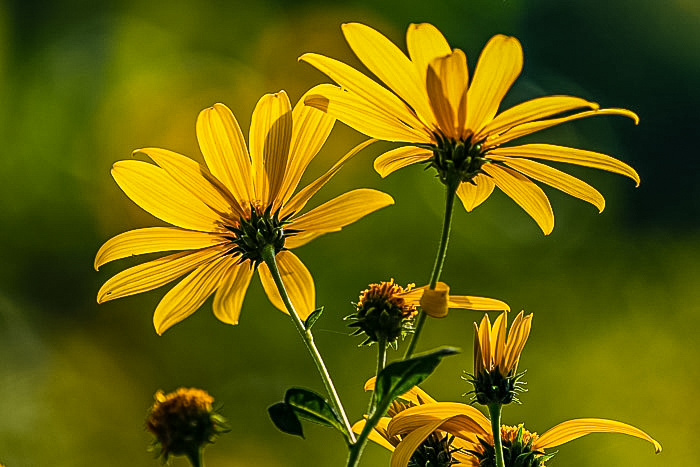
Exposure (Triangle)
Exposure is the amount of light that hits the camera sensor. It determines how light or dark your photo is. Exposure is controlled by three settings—aperture, shutter speed, and ISO—referred to as the “Exposure Triangle.”
F-stop
The measurement of how wide the aperture opens when you press the shutter button is called an f-stop. Wide apertures have low-numbered f-stops like f/1.4. Narrow apertures have high-numbered f-stops like f/22—each f-stop doubles or halves the amount of light entering the camera. Our f-stop chart is a useful reference for beginners.
HDR (and Bracketing)
HDR stands for High Dynamic Range photography. This camera term refers to taking several frames at different exposure values to increase the tonal range of an image.
This is called “bracketing.” Many digital cameras have settings for 3-, 5-, or 7-bracketed images. Bracketed photos are combined in post-processing to create an HDR image that merges the best exposure from each photo.
The term HDR can also refer to a stylized photo editing look.
Histogram
A histogram maps the tonal values in the scene. Darker values (blacks and shadows) are on the left, lighter values (highlights and whites) on the right. Midtones are in the middle.
The higher the peaks, the more tonal value is found in the scene. Photographers use the histogram to adjust camera settings to avoid clipping— overexposure or underexposure—of extreme white and black tones that hold no visual information.
ISO
ISO adjusts the sensitivity of the camera sensor. High-numbered ISOs like 10000 are used in low-light situations. But higher ISOs often introduce grain or noise. Lower ISOs like 100 are less sensitive to light but make a cleaner image. ISO stands for International Organization for Standardization.
Manual Focus
Manual focus (MF) is a setting on the camera or a lens that turns off autofocusing (AF) modes. To change focus, twist the focusing ring on the lens. Some photographers always use manual focus. Others use it only when autofocus is unreliable. For instance, autofocus does not work well in low light situations like astrophotography.
Manual Mode
Manual is an exposure mode where you control exposure camera settings, including aperture, shutter speed, and ISO. Manual mode is often labeled by the letter M.
Shutter Priority Mode
Shutter Priority mode is a partially-manual exposure setting where you choose how long to open the shutter. Your camera figures out the aperture to balance out the exposure. This mode is labeled either with an “S’ or “TV.” TV stands for “Time Value.”
Shutter Speed
Shutter speed is the length of time the shutter is open, exposing the sensor to light. Shutter speed is measured in seconds. A long exposure uses a shutter speed of more than half-a-second (1/2 s) faster shutter speeds like 1/2000 s freeze motion.
Timelapse
Timelapse is a video created by stitching a series of photos together. The images are taken at intervals and show changes in one scene over time. For instance, a timelapse video can show storm clouds forming.
What’s Next?
Armed with these photography terms, we hope you feel more confident reading through camera reviews. And we hope it has furthered your camera knowledge. If there are any camera terms we have missed, let us know in the comments!
Ready to put your camera term knowledge to the test? Try out our camera spec comparison tool, or filter cameras by their features in our database next. If you’re interested in continuing your photography education, try our list of canon camera types or sunset photography settings.

